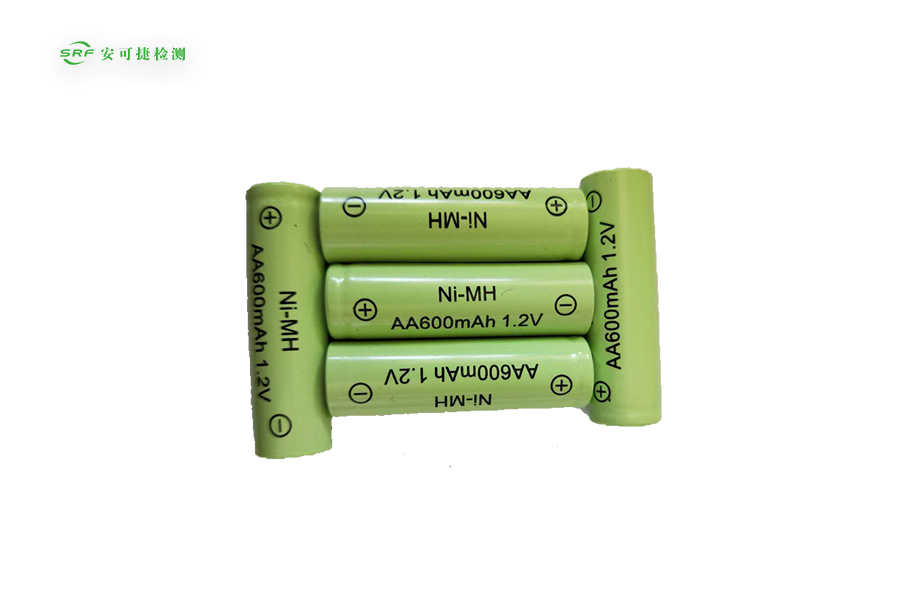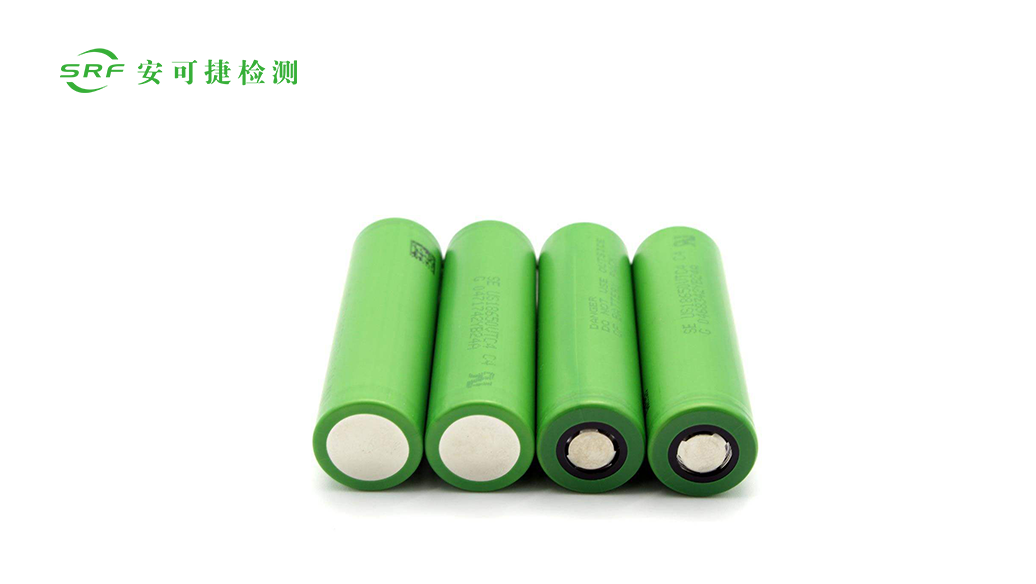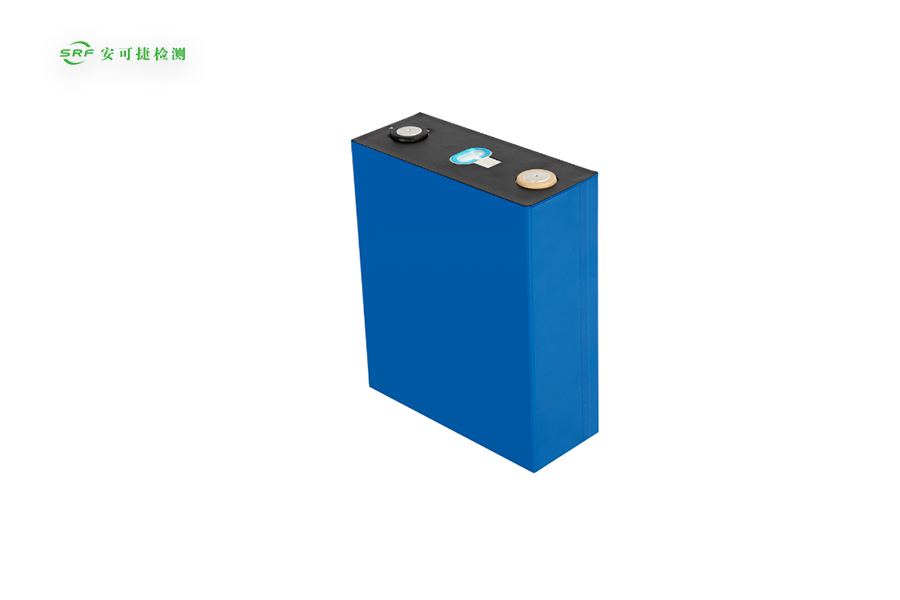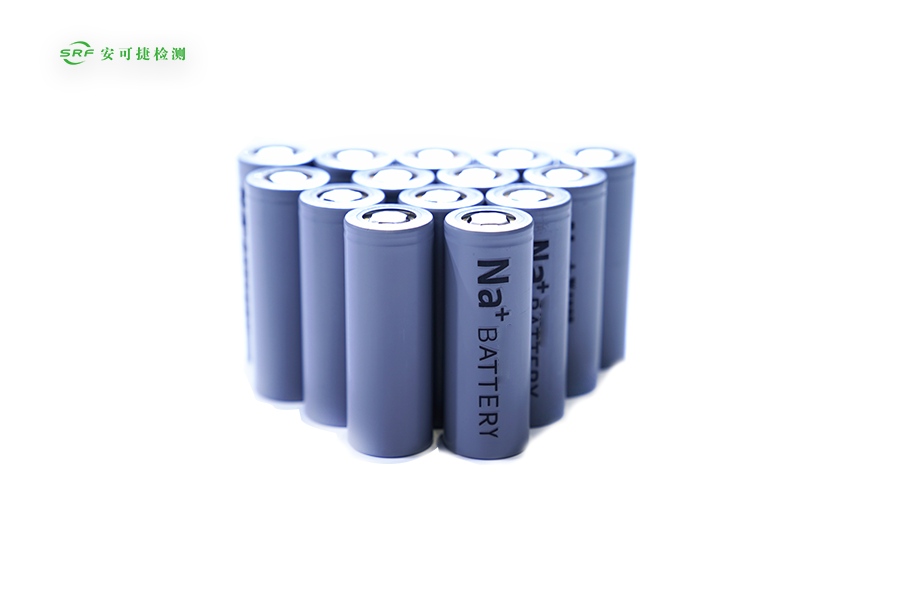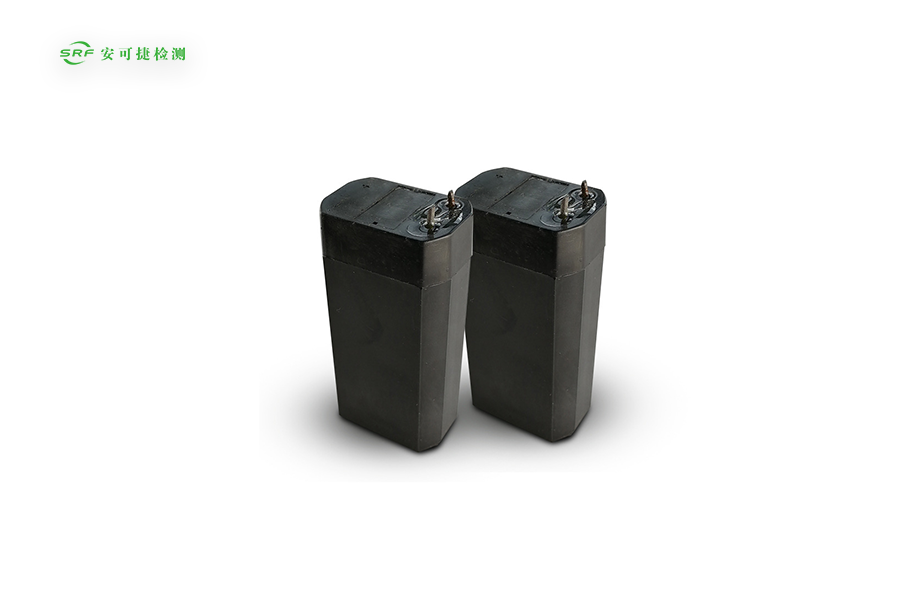Ni-MH battery
Having legal effect
International credibility
Declaration on the same day
Real time progress tracking
1v1 full jury
5-star service experience
Single cell-Ni-MH battery test GB/T 38031
with the rapid development of electric vehicles and portable electronic devices, the performance and safety of single batteries have received widespread attention. Among them, Ni-MH battery is an important battery type, and its performance evaluation and safety test are very important.
GB/T 38031, as a national standard for electric vehicle traction batteries, provides comprehensive guidance for the safety testing of nickel-metal hydride batteries. The main test items for NiMH batteries in GB/T 38031 standard will be introduced in detail below.
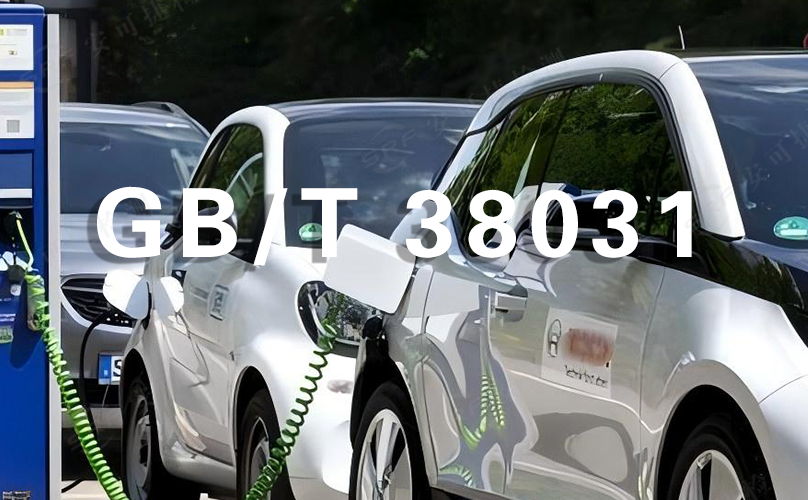
1. temperature cycling test
temperature cycling test is an important means to evaluate the performance stability of Ni-MH batteries under different temperature conditions. By simulating the temperature change of the battery in actual use, the capacity retention rate and internal resistance change of the battery under extreme temperature conditions are tested to ensure that the battery can maintain stable performance in a wide temperature range.
2. over-discharge test
the over-discharge test is used to evaluate the safety performance of the Ni-MH battery in the over-discharge state. During the test, the battery will be discharged to a voltage value lower than its normal discharge cut-off voltage to check whether the battery will have safety hazards such as leakage and fire. Through the over-discharge test, it can be ensured that the battery will not cause safety accidents due to over-discharge in actual use.
3. overcharge test
the overcharge test is used to evaluate the safety performance of the Ni-MH battery in the overcharge state. During the test, the battery will be charged to a voltage value exceeding its normal charging voltage to check whether the battery will have safety hazards such as bulges and fires. Through the overcharge test, it can be ensured that the battery will not cause safety accidents due to overcharging in actual use.
4. external short circuit test
the external short circuit test is used to evaluate the safety performance of Ni-MH batteries in the case of external short circuits. In the test, the positive and negative poles of the battery will be directly connected to simulate the external short circuit that the battery may encounter in actual use. The safety performance of the battery can be evaluated by testing the changes of current, voltage, temperature and other parameters of the battery in the case of short circuit.
5. heating test
the heating test is used to evaluate the safety performance of Ni-MH batteries under high temperature conditions. In the test, the battery will be heated in a high temperature environment to check the thermal stability and thermal runaway of the battery at high temperatures. Through the heating test test, it can be ensured that the battery will not cause safety accidents due to high temperature in actual use.
6. temperature shock test
temperature shock test is used to evaluate the safety performance of Ni-MH battery under the condition of rapid temperature change. In the test, the battery will be rapidly heated or cooled to extreme temperatures to simulate the temperature shock that the battery may encounter in actual use. The safety performance of the battery can be evaluated by testing the performance change and safety performance of the battery under temperature shock.
7. extrusion test
the squeeze test is used to evaluate the safety performance of the nickel-metal hydride battery when it is squeezed by an external force. In the test, the battery will be placed in a specific extrusion device for extrusion to check the safety performance of the battery under extrusion. Through the extrusion test, it can be ensured that the battery will not cause safety accidents due to external force extrusion in actual use.
8. vibration test
the vibration test is used to evaluate the performance stability and safety performance of Ni-MH batteries under vibration conditions. In the test, the battery will be placed on a vibration table for vibration testing to simulate the vibration conditions that the battery may encounter in actual use. The safety performance of the battery can be evaluated by testing the performance change and safety performance of the battery under vibration.
9. mechanical shock test
the mechanical shock test is used to evaluate the safety performance of the nickel-hydrogen battery when subjected to mechanical shock. In the test, the battery will be subjected to mechanical shocks in different directions and intensities to check the safety performance of the battery under impact. Through the mechanical impact test, it can be ensured that the battery will not cause safety accidents due to mechanical impact in actual use.
10. damp heat cycle test
the damp heat cycle test is used to evaluate the performance stability and safety performance of Ni-MH batteries in a damp heat environment. In the test, the battery will be placed in a humid heat cycle environment for multiple cycle tests to simulate the actual use of the battery under humid heat conditions. The safety performance of the battery can be evaluated by testing the performance change and safety performance of the battery under wet heat cycle.
11. Water Immersion Test
the water immersion test is used to evaluate the safety performance of Ni-MH batteries under water immersion. In the test, the battery will be completely or partially immersed in water to check the safety performance of the battery under immersion. Through the water immersion test, it can be ensured that the battery will not cause safety accidents due to water immersion in actual use.
XII. External Fire Test
the external fire test is used to evaluate the safety performance of Ni-MH batteries under the action of external fire source. In the test, the battery will be heated near an external fire source to simulate the fire situation that the battery may encounter in actual use. The safety performance of the battery can be evaluated by testing the thermal stability and thermal runaway of the battery under external fire.
XIII. Thermal Diffusion-Acupuncture Test
the thermal diffusion-needling test is used to evaluate the safety performance of Ni-MH batteries under needling and thermal diffusion conditions. In the test, the battery will be pierced with a needle to simulate the needle stick that the battery may encounter in actual use. At the same time, by heating the battery and observing its thermal diffusion, the safety performance of the battery during thermal runaway can be evaluated.
XIV. Thermal diffusion-heating test
the thermal diffusion-heating test is a kind of thermal diffusion test, which is specially used to evaluate the thermal diffusion performance of nickel-hydrogen batteries under heating conditions. In the test, the battery will be heated to a certain temperature and its thermal diffusion will be observed. By testing the thermal diffusion speed and range of the battery under heating conditions, the safety performance of the battery during thermal runaway can be evaluated.
